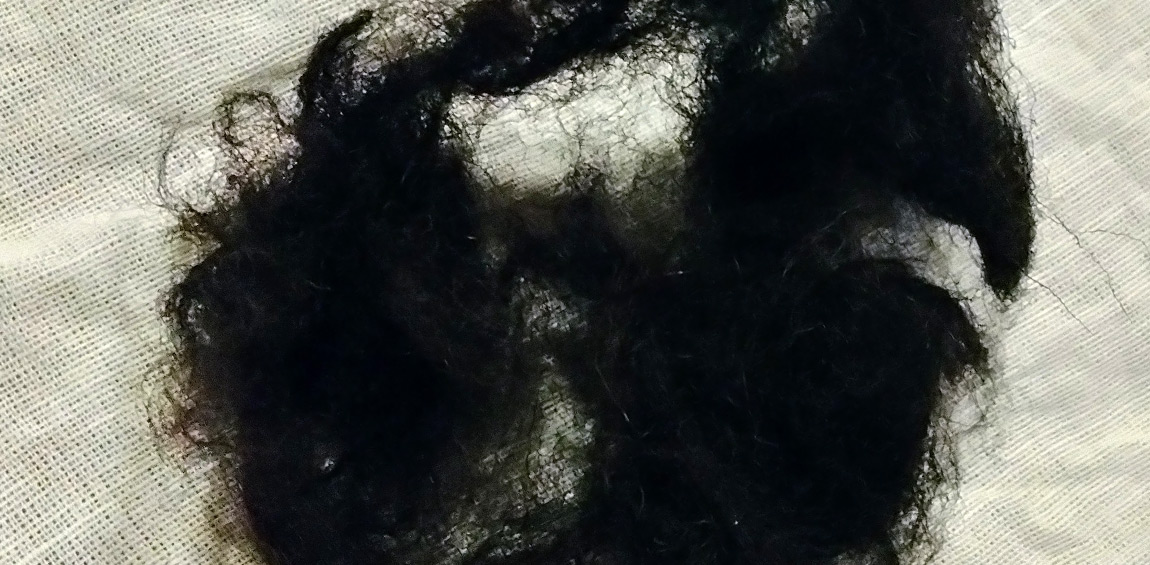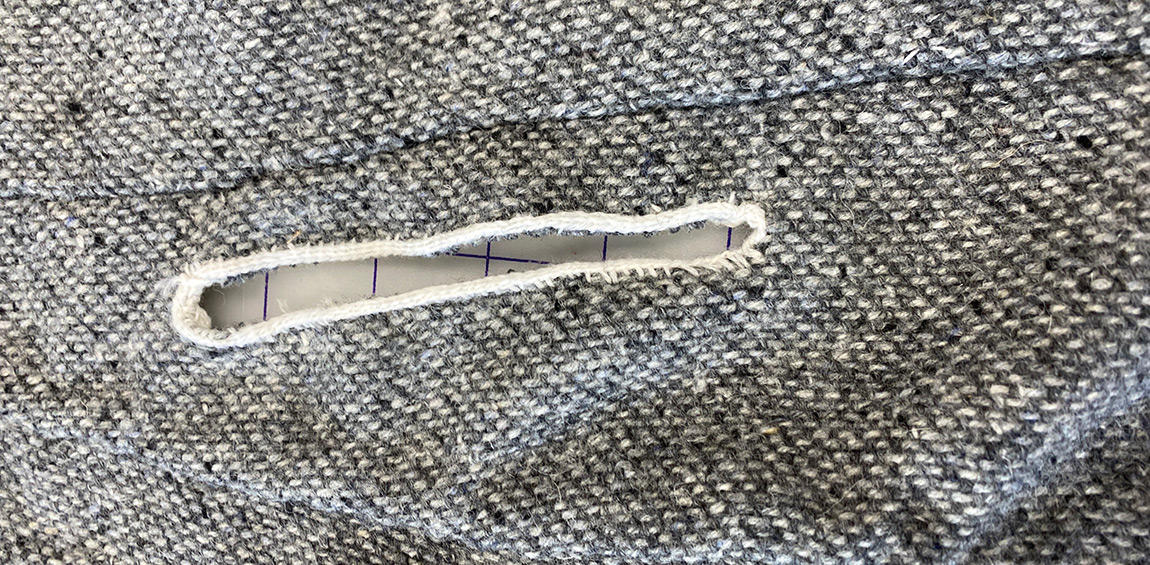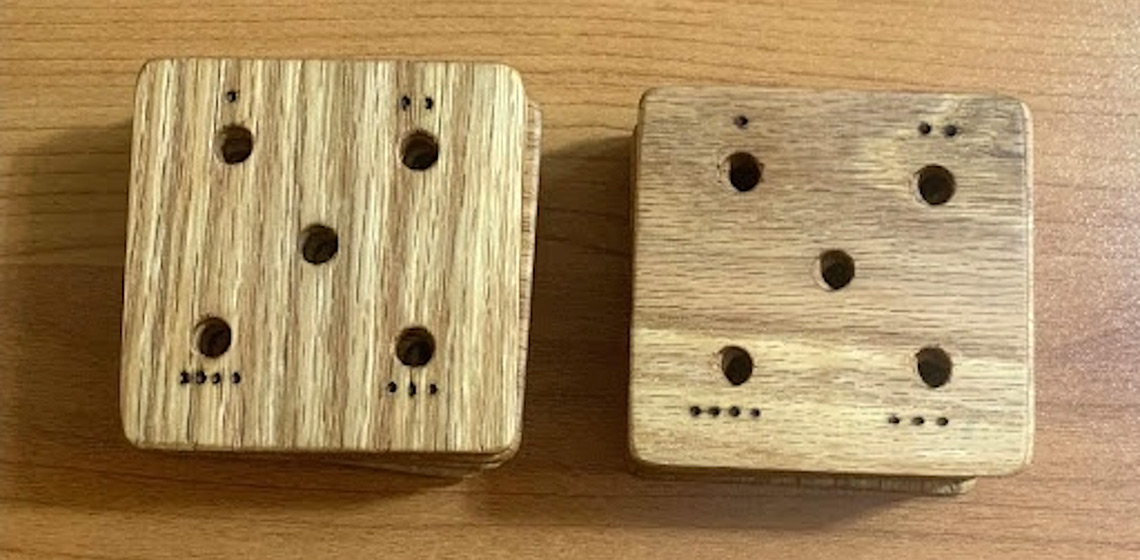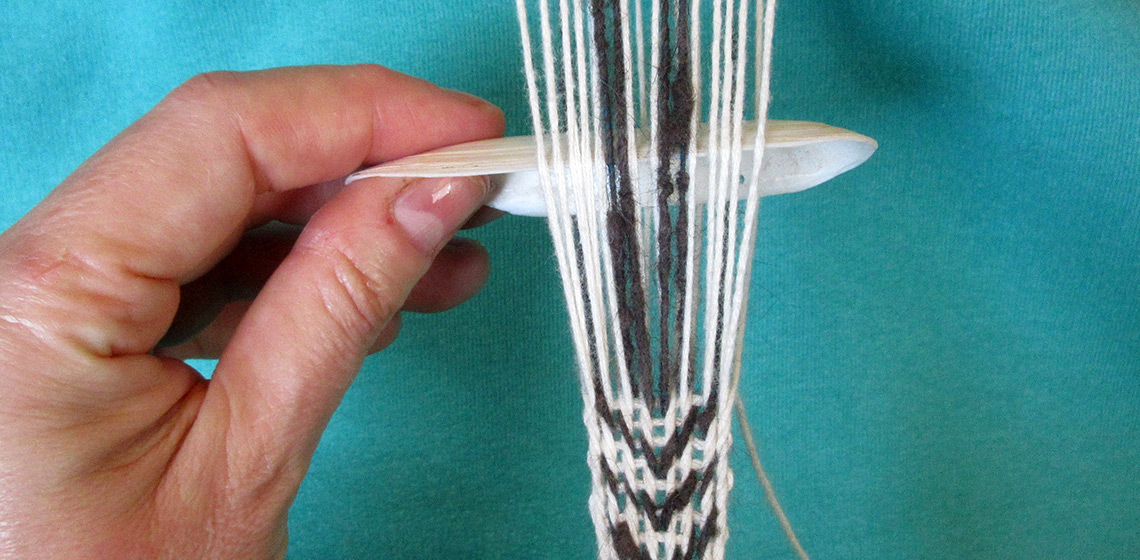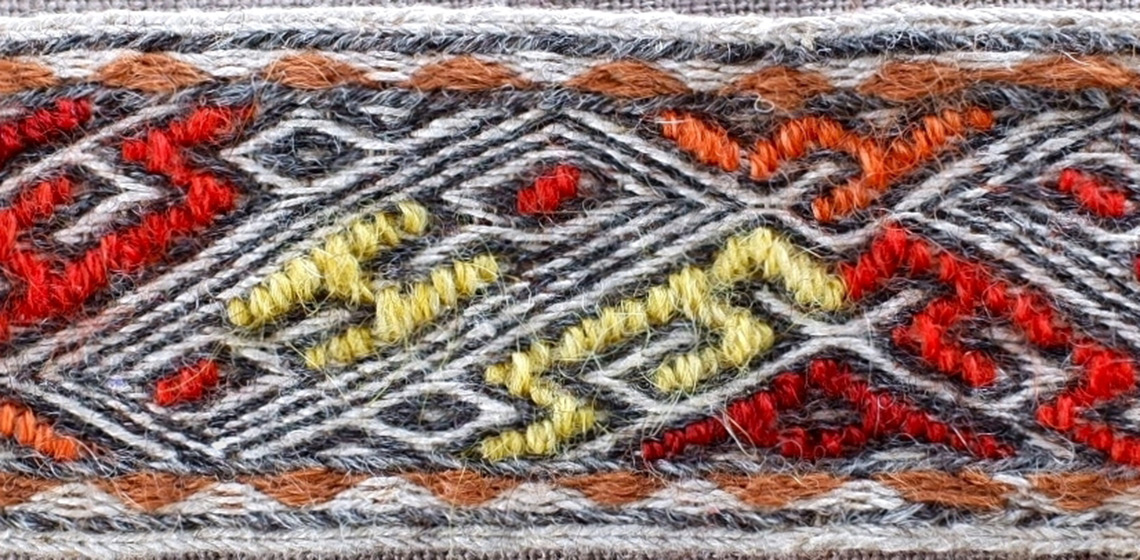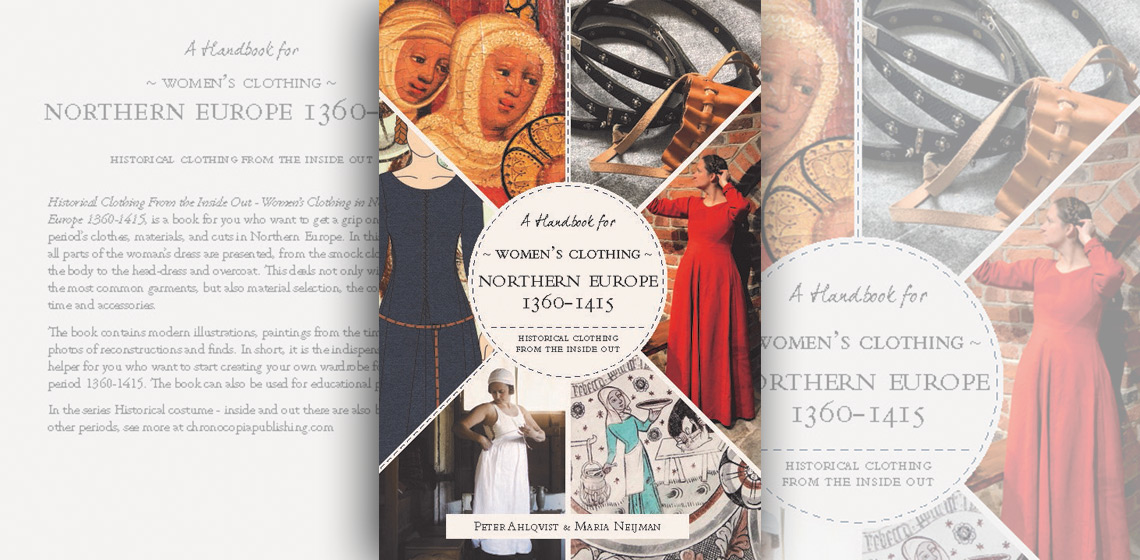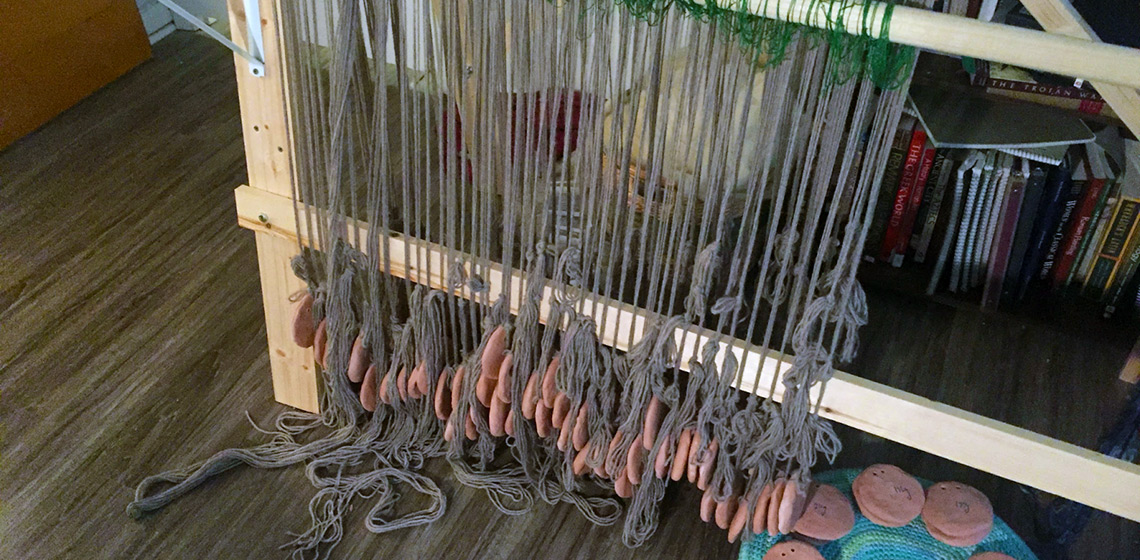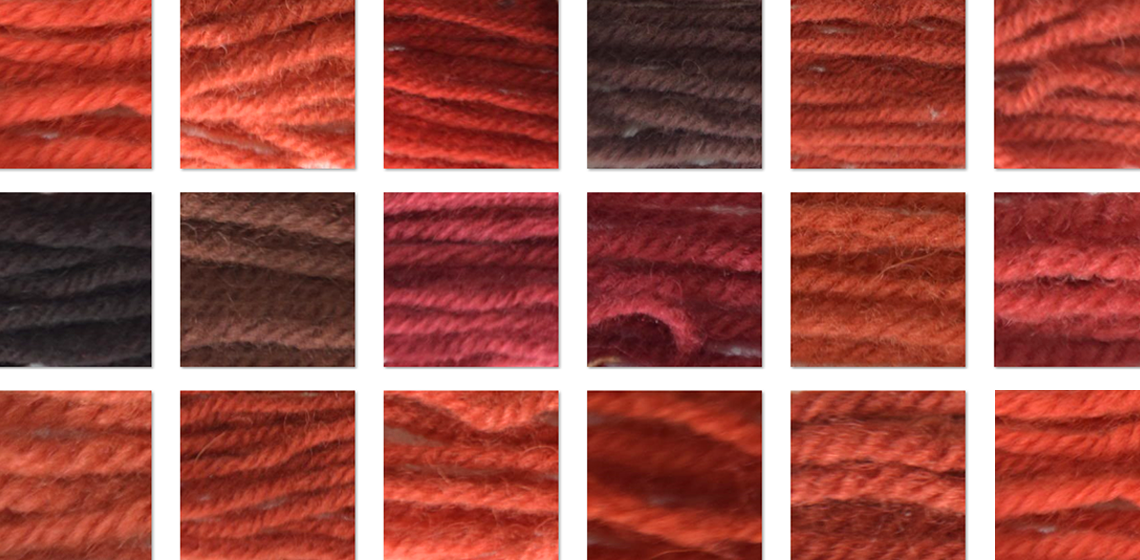textile
Searching for Dubh: Experiments in Black Dyes Pre 15th Century in Ireland and Scotland
Publication Date
This paper explores sources of black dyes in Ireland and Scotland prior to 1500, in order to better understand the extent to which they were used and the hues that can be produced. I propose that it is possible to obtain true blacks using only natural dyeing techniques. To test this hypothesis, four variations of historically plausible dye methods, and a control, were tested based on the availability of the dyestuffs. Brown Shetland wool was dyed according to possible historical methods, and each variant was subjected to a series of tests to examine lightfastness and wash fastness. Initially, testing showed a low indigotin content, an organic compound which creates a blue pigment, in the sourced woad, resulting in a poor dye bath and skewed results.
Resurrecting a Bog Dress: A Comparative approach to Medieval Textile Construction
Publication Date
In this article we recreated garment 38 from the fourteenth century garments preserved in a graveyard in Herjolfsnes, Greenland to explore the reasons behind the stitching techniques used. Using experimental methodologies, previous knowledge of patterning, and hand stitching techniques, we constructed one half of the garment using modern hand stitching techniques and the other using period techniques...
An Experimental Exploration of the Earliest Soapmaking
Publication Date
Soap is a substance now taken for granted, but there is uncertainty, myth and misinformation about its development, and little scholarly attention has been paid to the likely circumstances surrounding its discovery. As part of a MSc in Experimental Archaeology, a project collated the earliest mentions of proto-soaps...
Is it Possible to Weave 8.end Satin with 5 Rods on a Warp-weighted Loom?
Publication Date
Back in 2020, I wrote an article entitled The Shroud of Turin and the Extra Sheds of Warping Threads (Olsen, 2020). When I was studying the weaving theory, I realised that it might be possible to weave 8-end satin with five rods on the warp-weighted loom. To date, I have not encountered any historical find showing satin woven on a warp-weighted loom...
Tarquinia’s Tablets: a Reconstruction of Tablet-Weaving Patterns found in the Tomb of the Triclinium
Publication Date
Within textile Archaeology several key Etruscan sites provide experimental archaeologists with ample evidence for research and recreation. This project aims to look a the textile patterns themselves, and how these weavers might have created the images found on famous Etruscan paintings...
Function Follows Form: Assessing the Functionality of Shells and Greenstone Shell Effigies as Formative Period Mesoamerican Textile Fabrication Tools, Part 1: Tagelus plebeius Atlantic Stout Razor Clam Shells
Publication Date
Although the importance of textiles in Mesoamerica from the Classic period (AD 250-900) onward is well-recognised, until recently little research or exploration of earlier Mesoamerican textile production has been conducted. This paucity of scholarship is attributable predominantly to the scant preservation of perishable ancient tools and textiles...
A Tablet Woven Band from the Oseberg Grave: Interpretation of Motif and Technique
Publication Date
In this article, the intention is to show the documentations behind the reconstruction of a tablet woven band from the Oseberg discovery catalogued as 13B2. Parts of the band are well preserved, and it is possible to interpret motifs and techniques with considerable confidence. Some parts are poorly preserved and are not possible to interpret clearly...
Book Review: A Handbook for Women’s clothing, Northern Europe, 1360-1415 by Ahlqvist and Neijman
Publication Date
The book gives a short historical overview of major events in the chosen area, followed by an informative chapter on colours, a likewise very competent chapter on fabrics, and one on sewing techniques. Then the dress parts are presented, with very clear and informative modern illustrations. The focus is on ordinary dresses, not the really posh ones.
There are no sewing patterns as such, but the experienced seamstress can easily transfer the small silhouette patterns to real patterns, or one can search the bibliography in the book for relevant publications.
Ancient Greek Weaving, Experimental Archeology on Greek Textiles and Household GDP
Publication Date
#EAC12 World Tour 2021
***This paper outlines the experimental weaving project of an ancient Greek chlamys to investigate the weaving production capacity of a typical household and reconstruct women’s contribution to household GDP in ancient Greece. While some scholars have researched finer textiles and tech-niques based on visual evidence...
***This paper outlines the experimental weaving project of an ancient Greek chlamys to investigate the weaving production capacity of a typical household and reconstruct women’s contribution to household GDP in ancient Greece. While some scholars have researched finer textiles and tech-niques based on visual evidence...
Before They Dyed. Mordants and Assists in the Textile Dyeing Process in Anglo-Saxon and Anglo-Scandinavian Britain: An Experimental Approach
Publication Date
The experiment aimed to investigate certain aspects of the textile dyeing process in Anglo-Scandinavian and Anglo-Saxon Britain: substances known as mordants and assists. This aspect of the dyeing process is often omitted by researchers, who mostly focus on dyestuff as a source of colour. Mordants and assists deserve wider research, however, as they play a great part in the dyeing process...

